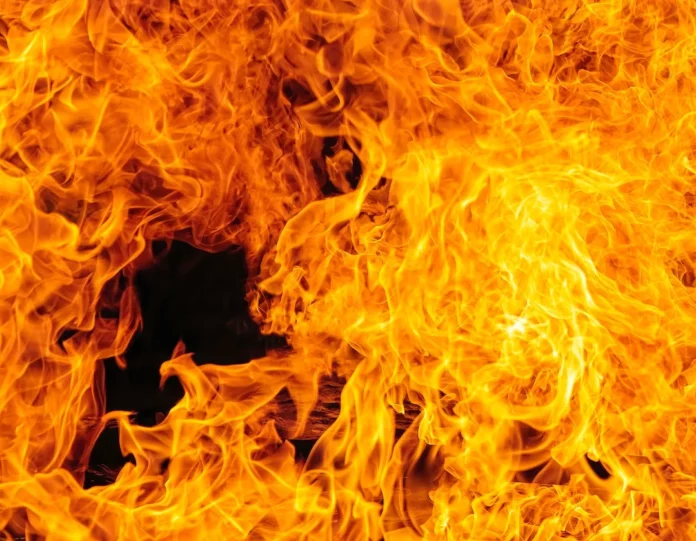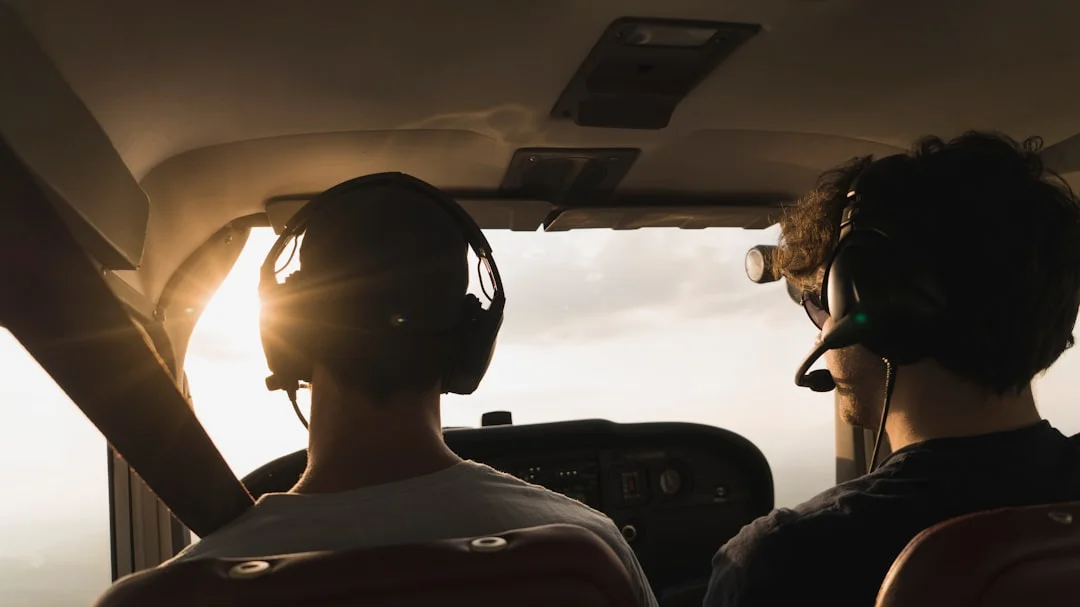Rescue and fire fighting, commonly known as RFF, is a crucial aspect of aviation safety and emergency response. It refers to the specialized services and procedures implemented to address aircraft emergencies, including fires and rescue operations, at airports and airfields. RFF teams are responsible for swiftly and effectively responding to incidents, ensuring the safety of passengers, crew, and airport personnel, as well as mitigating potential damage to the aircraft and infrastructure.
The International Civil Aviation Organization (ICAO) defines RFF categories depending on the type and size of airports, which determine the required level of response capabilities. These categories range from RFF Category 1 (the highest level) for airports with the heaviest traffic and largest aircraft, to Category 10 for airports with low traffic volumes and smaller aircraft. Each category specifies the minimum number of RFF vehicles, equipment, and trained personnel required to ensure an efficient emergency response.
Let’s explore the key components of rescue and fire fighting in aviation, including the important equipment, roles and responsibilities of the RFF team, and the necessary training and certifications.
Contents
Components of Rescue and Fire Fighting
RFF operations involve a combination of specialized equipment and highly trained personnel working together to swiftly and effectively respond to emergencies. Here are the key components of rescue and fire fighting in aviation:
1. Fire Fighting Vehicles and Equipment
Fire fighting vehicles are integral to an RFF team’s capability to combat aircraft fires. These vehicles are designed specifically to meet the unique requirements of airport firefighting and are equipped with a range of powerful firefighting equipment, including:
- Aircraft Rescue and Fire Fighting (ARFF) Vehicles: These specialized vehicles are equipped with potent firefighting agents, such as foam and dry chemicals, along with water cannons capable of delivering high volumes of water at an incredibly high velocity. ARFF vehicles also carry Emergency Medical Services (EMS) equipment to provide immediate medical assistance during rescue operations.
- Fire Extinguishers: Portable fire extinguishers are essential for immediate response to smaller fires or hotspots. These extinguishers are lightweight, easy to handle, and deploy various extinguishing agents, such as water, foam, dry chemicals, or carbon dioxide.
- Water Supply Systems: Airports require a sufficient and reliable water supply to tackle aircraft fires effectively. Fixed piping systems, hydrants, and water storage tanks enable a continuous water flow, allowing firefighters to connect their hoses and deliver water to the scene of the emergency.
The size, capacity, and quantity of fire fighting vehicles depend on the RFF category of the airport, its traffic volume, and the types of aircraft operating. Larger airports with higher aircraft traffic typically have multiple vehicles of varying capacities, strategically positioned throughout the airport, to ensure rapid response times.
2. Roles and Responsibilities of the RFF Team
The success of an emergency response operation heavily relies on the coordinated efforts and expertise of the RFF team members. Here are some key roles and responsibilities within the rescue and fire fighting team:
- Fire Chief: The fire chief is responsible for overall command and coordination during an emergency operation. They ensure effective communication, make critical decisions, and oversee the deployment and utilization of resources.
- Firefighters: Firefighters are the frontline responders who directly combat fires, conduct rescue operations, and provide emergency medical assistance. They are trained in various firefighting techniques, including aircraft-specific procedures.
- Driver/Operator: The driver/operator operates the fire fighting vehicles, ensuring their prompt arrival at the scene of an emergency and proper utilization of the vehicle’s equipment, such as the water cannons, foam systems, and other firefighting agents.
- Rescue Personnel: Trained rescue personnel assist in extricating individuals from aircraft or other dangerous situations, providing immediate medical care, and coordinating with EMS personnel for further medical treatment.
Effective communication, coordination, and continuous training are integral to the RFF team’s ability to respond swiftly and efficiently to emergency situations. Regular drills, exercises, and simulations help maintain and enhance their readiness levels.
3. Training and Certifications
Due to the specialized nature of aviation emergencies, RFF personnel undergo rigorous training and certification programs to acquire the necessary skills and knowledge. The training includes both theoretical instruction and practical hands-on exercises to simulate real-life emergencies. Some key areas covered in RFF training programs include:
- Aircraft Familiarization: RFF personnel are educated about different aircraft types, their configurations, and the specific hazards associated with each type. This knowledge enables them to respond effectively and tailor their strategies according to the aircraft involved in an emergency.
- Firefighting Techniques: RFF personnel are trained in various firefighting techniques, including aircraft rescue, structural firefighting, and hazardous materials response. They learn how to handle different types of fires, extinguishing agents, and the proper use of firefighting equipment.
- Rescue Operations: Training programs cover rescue techniques, such as extrication from aircraft, emergency medical care, and handling hazardous materials. RFF personnel learn how to work in confined spaces, use cutting tools, and establish effective communication during rescue operations.
- Emergency Response Procedures: RFF personnel familiarize themselves with emergency response protocols, airport layout, specialized equipment operation, incident command systems, and communications systems. They also learn how to coordinate with other emergency response agencies, such as police and medical services.
In addition to initial training, RFF personnel must continuously update their skills and knowledge through recurrent training and participate in regular proficiency evaluations to maintain their certifications. This ensures they remain up-to-date with the latest industry standards and practices.
Conclusion
Rescue and fire fighting is a critical component of aviation safety, providing swift emergency response capabilities to protect lives, aircraft, and infrastructure. By equipping highly trained personnel with specialized vehicles and firefighting equipment, airports can mitigate the risks associated with aircraft emergencies. The importance of continuous training, certification, and effective coordination within the RFF team cannot be overstated.
Next time you see a fleet of fire trucks and dedicated firefighters at an airport, remember the extensive preparation and expertise required to ensure the safety of everyone involved in air travel.
For More: What is A/THR in Aviation? (Autothrust)




